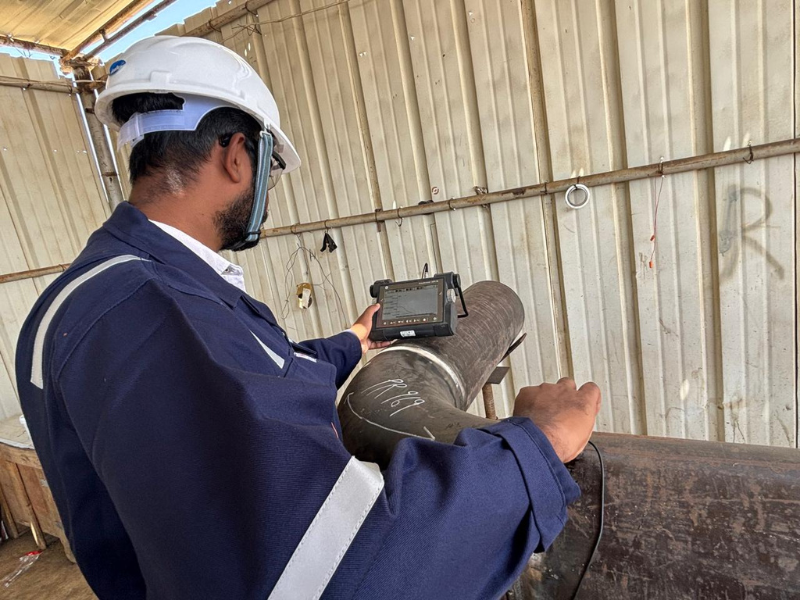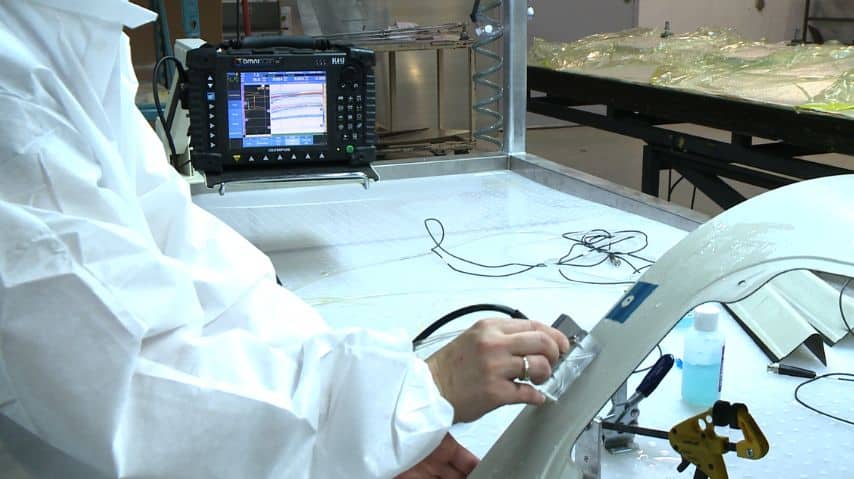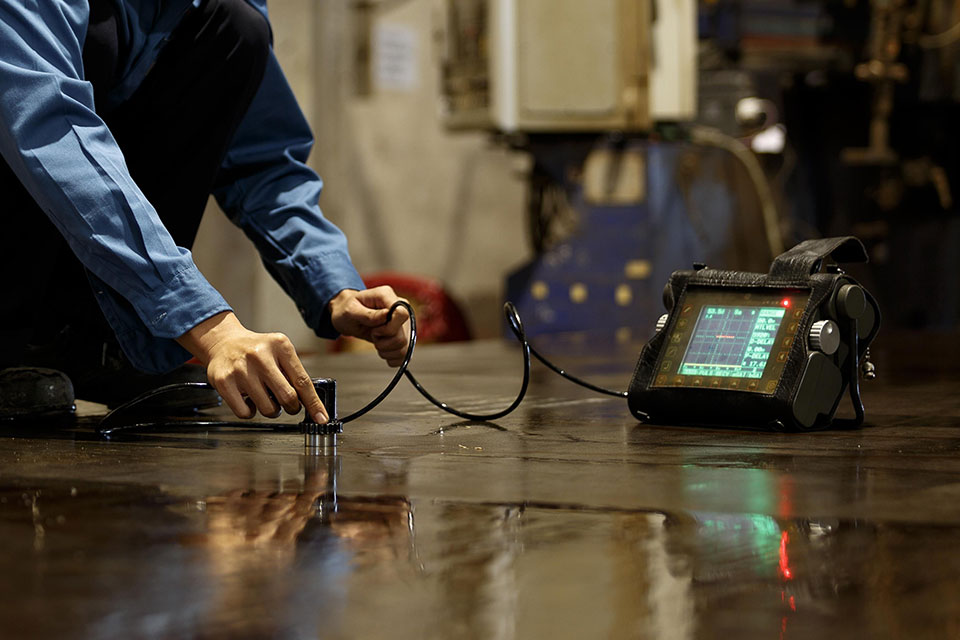In today’s rapidly advancing technological landscape, the seamless integration of multiple sensors is crucial to enhancing system performance across various industries. Synchronization techniques for multi sensor systems are pivotal in achieving this integration. These techniques ensure that data from various sensors is accurately aligned, providing a comprehensive understanding of the environment or system being monitored. As industries increasingly rely on multi-sensor systems, understanding these synchronization techniques becomes essential for quality assurance professionals and engineers. This article delves into the intricacies of synchronization techniques, their applications, and their importance in modern technology.

What Are Multi-Sensor Systems?
Multi-sensor systems involve the use of several sensors to collect data from the environment. These systems are prevalent in numerous applications, ranging from autonomous vehicles to smart home devices. By integrating data from different sensors, these systems can provide a more detailed and accurate representation of the observed phenomena.
Why Is Synchronization Important?
Synchronization ensures that the data collected from multiple sensors is coherent and accurately reflects the observed environment at any given time. Without proper synchronization, data may be misaligned, leading to inaccurate interpretations and potential errors in decision-making processes.
Challenges in Synchronization
One of the primary challenges in synchronizing multi-sensor systems is handling the different data rates and time delays inherent in each sensor type. This requires sophisticated algorithms and techniques to align data accurately.
Common Synchronization Techniques
Time Stamping
Time stamping involves recording the exact time at which data is captured by each sensor. This method provides a straightforward way to align data from different sensors.
Network Time Protocol (NTP)
NTP is a protocol designed to synchronize the clocks of computers over a network. It is widely used in systems where precise time synchronization is required.
Hardware-Based Synchronization
In some cases, hardware solutions are used to ensure that all sensors are synchronized. These solutions can include dedicated synchronization modules or shared clocks.
Applications of Synchronized Multi-Sensor Systems
Autonomous Vehicles
Autonomous vehicles rely heavily on sensors like cameras, LiDAR, and radar. Synchronization of these sensors is crucial for accurate navigation and safety.
Smart Homes
In smart home systems, synchronized sensors enable seamless automation and improved energy efficiency. For instance, synchronized data can optimize HVAC systems by analyzing HVAC control loops, thereby enhancing comfort and reducing energy consumption.
Industrial Automation
Synchronized multi-sensor systems are essential for industrial automation, ensuring precise control and monitoring of manufacturing processes. This synchronization can be critical for tasks that require precision, such as automated inspection schedules.
Benefits of Synchronization Techniques
Implementing effective synchronization techniques enhances the accuracy and reliability of multi-sensor systems. This leads to improved decision-making, increased safety, and optimized performance in various applications.
Future Trends in Multi Sensor Systems
As technology continues to evolve, the future of multi-sensor systems looks promising. Innovations in AI and machine learning are expected to play a significant role in improving synchronization techniques. For example, using AI to analyze energy usage patterns in HVAC systems could lead to more efficient and sustainable solutions.
Conclusion
In conclusion, understanding and implementing synchronization techniques for multi sensor systems is vital for leveraging the full potential of modern technology. These techniques ensure data accuracy, enhance system performance, and pave the way for future innovations. As industries continue to adopt multi-sensor technologies, the demand for skilled professionals in this field will undoubtedly grow.

FAQs
What is the primary challenge in synchronizing multi-sensor systems?
The main challenge is managing different data rates and time delays from various sensors, which requires advanced synchronization techniques.
How does synchronization benefit autonomous vehicles?
Synchronized sensors in autonomous vehicles provide accurate data for navigation and safety, ensuring a reliable and efficient driving experience.
What role does AI play in improving synchronization techniques?
AI can enhance synchronization by analyzing patterns and optimizing system performance, leading to more efficient and innovative solutions.
This article contains affiliate links. We may earn a commission at no extra cost to you.
